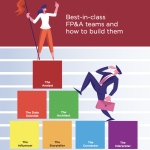This paper, based on our interviews with 25 top FP&A practitioners and thought leaders along with...
Have you created the perfect team that functions like Formula 1? If not, this article is for you. Building world-class FP&A teams is a journey, and sustaining high-performing teams that function like the mechanics on a fine Swiss watch is even more challenging. Still, it’s within reach with the right mindset, leadership, functional skills, and Business Partnering.
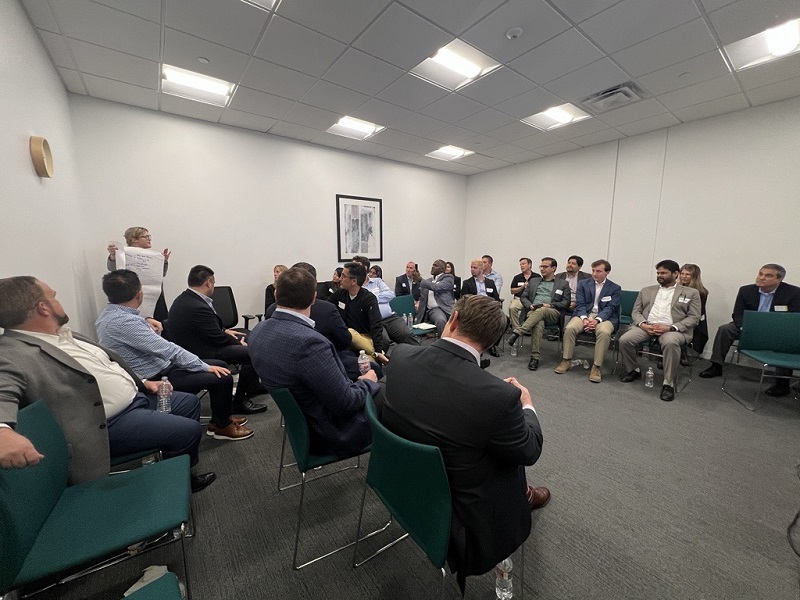
Figure 1: The Houston FP&A Board Members (March 2023).
The Houston FP&A Board met on March 14, 2023, at Downtown Greenstreet in central Houston to explore the topic of world-class FP&A teams and the critical elements to building them.
Kick-Off and Introductions
As we kicked off the meeting, the attendees were asked to introduce themselves and answer what is the most important skill of modern FP&A professionals. The following insights were collected according to the attendees.
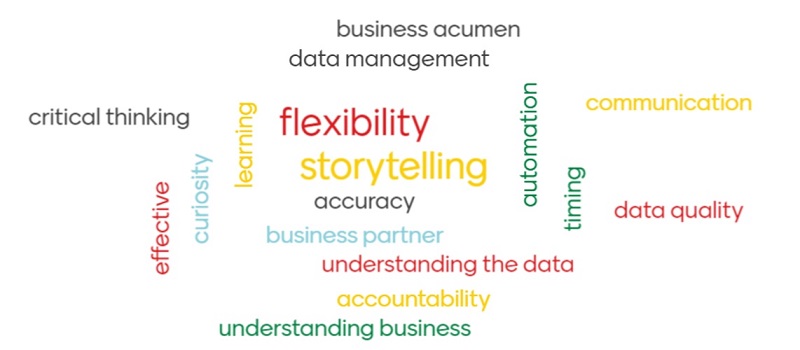
Figure 2: The most cited skills that FP&A professionals must have.
We structured our discussion around four questions, namely:
- What are the top trends shaping FP&A roles in 2023?
- What are the challenges?
- What are the key FP&A roles?
- What are the practical steps to building a world-class FP&A Team?
Digital, Speed, and Hybrid work are the top trends shaping FP&A Roles in 2023.
Except for the abovementioned ones, the FP&A Board identified 7 key trends in 2023 and beyond that CFOs and Finance Directors need to be aware of to address the journey to world-class finance teams.
- Scenario Management
- Integrated FP&A (xP&A)
- Inside Analytics 2.0 (Prescriptive)
- FP&A Technology 2.0
- Value and Values
- T-shaped FP&A Professionals
- ESG for FP&A (Sustainability)
What Are the Key Challenges?
During the meeting, a few key discussion points were centered around expanding the role of CFOs and Finance Directors in the context of the emerging trends and ever-expanding industry, geopolitical, and post-covid risk and opportunities. Consequently, it has placed more responsibility on the FP&A and finance teams.
Key Challenge #1

Figure 3: Low-value activities still dominate FP&A teams' time distribution.
Technology has evolved to help accuracy levels, yet many teams still spend more than 45% of their time on non-value-adding activities associated with collecting and cleansing data, per the FP&A Trends Survey in 2022. We need to address data structure, master data, tooling, and integration, allowing more time to focus on value-creating activities.
Key Challenge #2
Business and Finance leaders can’t apply the same level of accuracy in forecasting in today’s landscape and instead rely much more on Scenario Planning and a range of outcomes with the ability to act fast and remain resilient in several scenarios.
What Are the Key FP&A Roles?
According to the meeting’s facilitator Larysa Melnychuk, Founder and CEO of the International FP&A Board and FP&A Trends Group, there are 5 critical roles outlined below:
- Analyst,
- Architect,
- Data Scientist,
- Storyteller,
- Influencer.

Figure 4: The participants shared their thoughts about the key challenges related to FP&A Team Building.
After this input from Larysa, the forum discussed key challenges related to FP&A teams. The below were cited the most frequently:
- There are often too many analysts and not enough others.
- Some FP&A team members still have a traditional Management Accountant mindset.
- We don’t speak the same language, i.e., data scientists don’t understand accounting, and accounting doesn’t understand data scientists. IT departments often also don’t understand the business. Therefore, it’s imperative to have knowledge sharing across teams.
Also, I would like to point out one of the key insights within the March Board meeting. One of the FP&A Board members, the FP&A Director, is working for the Chief Operating Officer (COO) and is uniquely positioned to bring the finance and accounting perspective directly into the business and focus on operational KPIs, driving the company’s outcome into financial metrics.
Also, the event attendees discussed the two Emerging roles noted below (FP&A Interpreter & FP&A Connector).

Figure 5: The FP&A Interpreter and FP&A Connector are two new roles.
What Are the Practical Steps in Building a Modern FP&A Team?
Ideally, building a modern FP&A team starts with self-assessment and, in some cases, 3rd party assessment of where the team is within the FP&A Maturity Model. It’s critical to understand the status of the team, its ambitions, and development needs. The FP&A Maturity Model provides robust structure & context and can be a key enabler to developing and delivering on your FP&A transformation journey.
Group Work
Linked to practical steps in building a modern FP&A team, group work was the last item on the meeting’s agenda. Three groups were set up to discuss the practical steps.
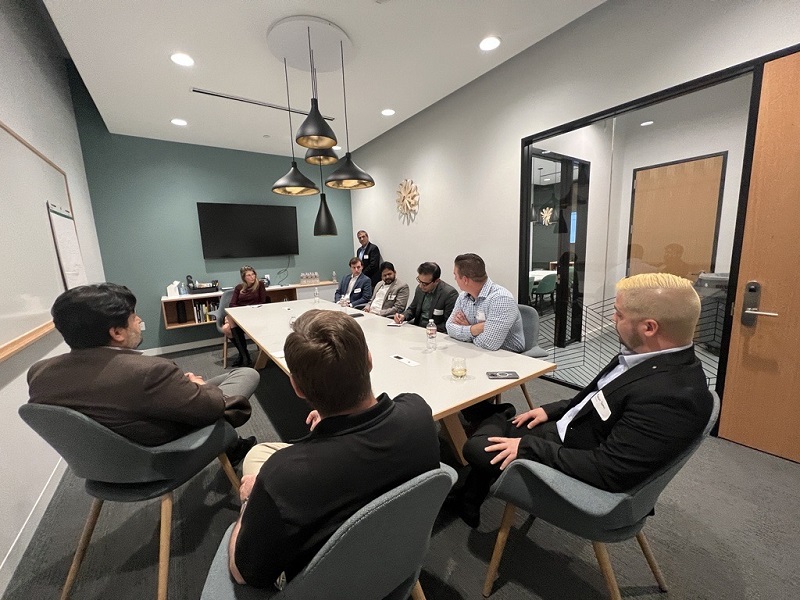
Figure 6: The FP&A Board Members worked in groups and discussed essential aspects of
building world-class FP&A teams.
The points of view were as follows:
1. Leadership
The members of this group cited the following as success factors:
- Succession plans.
- Defined skillset.
- Diversified constructive conflict.
- Free to be impartial and deliver accountability.
- Be a stakeholder-focused organization & be adaptable.
- We need to show the value that FP&A creates.
2. Functional Skills
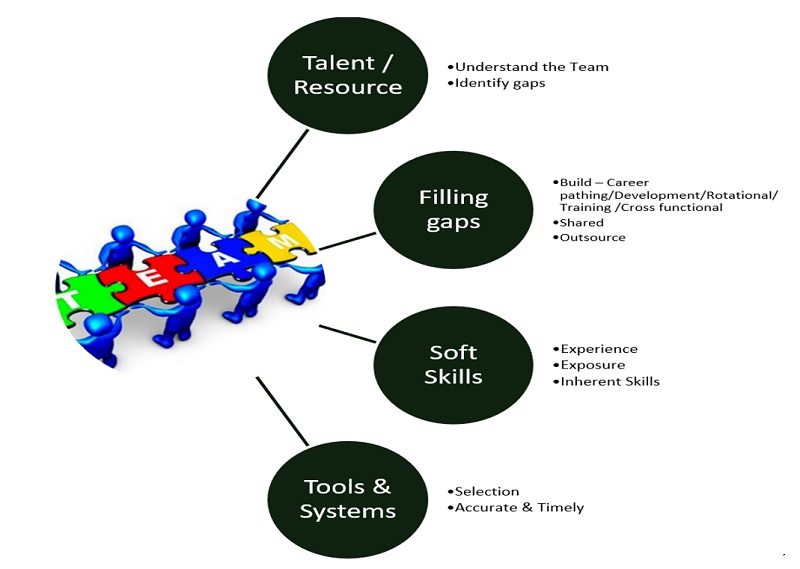
Figure 7: The key takeaways from the group that discussed Functional Skills visualized by Eric Moses
3. Business Partnering
The Houston FP&A Board Members, who discussed the FP&A Business Partnering aspect of building the world-class FP&A teams, shared the following findings:
- The mapping of stakeholders and having a seat at the table is crucial.
- We need to understand the business’s strengths and weaknesses to understand its needs better.
- Talk about risk & opportunities and understand bias in decision-making.
- Embrace the Integrator role.
- Ensure that we and our team members have a learning mindset, not a “fixed” one.
- Building trust.
- Understanding the business, strategy, and value drivers are critical.
- Getting the right questions in the room.
- Being a good listener.
- Striking the right balance between the different partnering roles (Growth & Commercial, Compliance & Controlling, and Innovation & Creativity, as examples).
- Developing Relationships – Business Partnering is about driving the right behaviors.
- Independence & embracing constructive conflict.

Figure 8: The Houston FP&A Board Members had an insightful group discussion.
“Business Partnering is a team sport, essential to put the “business” back in Business Partnering to solve existing and emerging challenges together.”
Eric Moses, M&A Lead Americas at Shell
Conclusions
The 6 key takeaways from the 5th Houston FP&A Board are summarised below:
- The CFO and Finance director mandate has grown past 5-10 years in scope and with more responsibility. They must balance growth and value protection.
- Getting the right team members with the right skill set and the right mindset is paramount. Having the right people with the proper skill set is likely the differentiator between average companies and companies that outperform in their respective industries, given the expanded role of Finance and FP&A professionals.
- Business Partnering is a team sport, and it must have bilateral interests and benefits.
- Storytelling is emerging as a critical soft skill in FP&A coupled with a superior grasp of the data and link to underlying business drivers to drive actions and outcomes.
- Getting to world-class FP&A is no longer optional. It’s necessary. Once there is an evolving and non-static environment with emerging trends and roles, i.e., FP&A Interpreter and FP&A Connector, it is thus vital to have a learning mindset instead of a “fixed” mindset.
- Practical steps to getting to world-class must consider Leadership, Functional Skills, and Business Partnering aspects with technology and digitization as enablers and business outcomes at the center.
It was the second Houston FP&A Board meeting I attended, and my takeaway was that many of us are dealing with similar challenges, and there is no one-size fits all approach. However, the FP&A Maturity Model, the information about five critical roles, and the associated group work captured above provide a useful starting point. The diverse group of leaders from different backgrounds, countries, industries, and companies creates fruitful learning opportunities, including sharing of best practices which is a necessary step if we are to tackle the challenges in front of us as professionals and as world citizens to meet the challenges in the years ahead. Given the expanded role of our profession, we need to make our processes leaner, strategically aligned, action-oriented, and free from bias, with agility to reforecast and respond to changing situations. I leave you with “to whom much is given, much is required.”

Figure 9: The session ended with networking, where the event attendees could exchange their opinions regarding the FP&A Team Building with like-minded professionals.
I would like to thank the attendees and sponsors for engaging in an enjoyable and informative meeting, and I truly loved the atmosphere and networking!
Subscribe to
FP&A Trends Digest

We will regularly update you on the latest trends and developments in FP&A. Take the opportunity to have articles written by finance thought leaders delivered directly to your inbox; watch compelling webinars; connect with like-minded professionals; and become a part of our global community.

